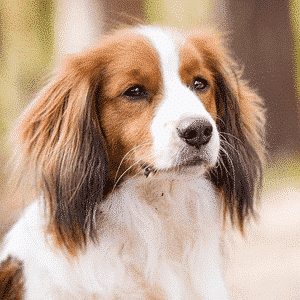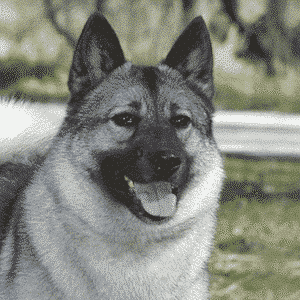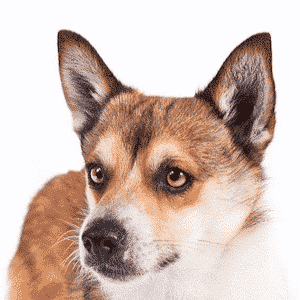

Home » Meet The Breeds
The cultivation of purebred dog breeds has ancient origins, dating back to when early humans selectively bred canines for essential tasks. From protective guard dogs to swift hunting breeds, each dog was tailored for a specific function.
This selective breeding, over time, led to a variety of distinct breeds, each suited to particular roles and environments. Take, for instance, the Labrador Retriever, the Golden Retriever, and the Flat-Coated Retriever. While they share a common ancestry, these breeds highlight the diversity achieved through specialized breeding.
The Labrador Retriever is known for its adaptability in both water and on land; the Golden Retriever for its exceptional retrieving skills across diverse terrains; and the Flat-Coated Retriever for its agility and endurance. Their distinct physical attributes, temperaments, and working capabilities are testaments to their unique breeding histories.
A key aspect distinguishing one breed from another is its consistent ability to produce offspring with specific traits, a concept known as “breeding true.” Central to understanding purebred dogs, these traits are detailed in a “breed standard.” This document outlines the ideal characteristics, behavior, and appearance for each breed. These standards not only serve as a guideline for breeders but also act as the benchmark against which dogs are judged in conformation dog shows.

The Nederlandse Kooikerhondje is a small spaniel-type breed of dog of Dutch ancestry that was originally used as a working dog, particularly in an eendenkooi to lure ducks. Kooikers were popular in the 17th and 18th century and appeared in the paintings of Rembrandt and Jan Steen

The Norwegian Elkhound is a hunting dog that originated in Norway as early as 5000 B.C. The Norwegian Elkhound is used to hunt elk, bear, and other wild animals. Remnants of Norwegian Elkhounds dating back 5000 years have been found with Viking remains and weapons, a testament to their importance in the Nordic culture.

At a glance, Lundehunds seem a typical northern breed: A spitz type with triangular ears, curving tail, and a dense double coat. But a closer look reveals several unique traits. They have feet with at least six fully functioning toes and extra paw pads, an “elastic neck” that can crane back so the head touches […]